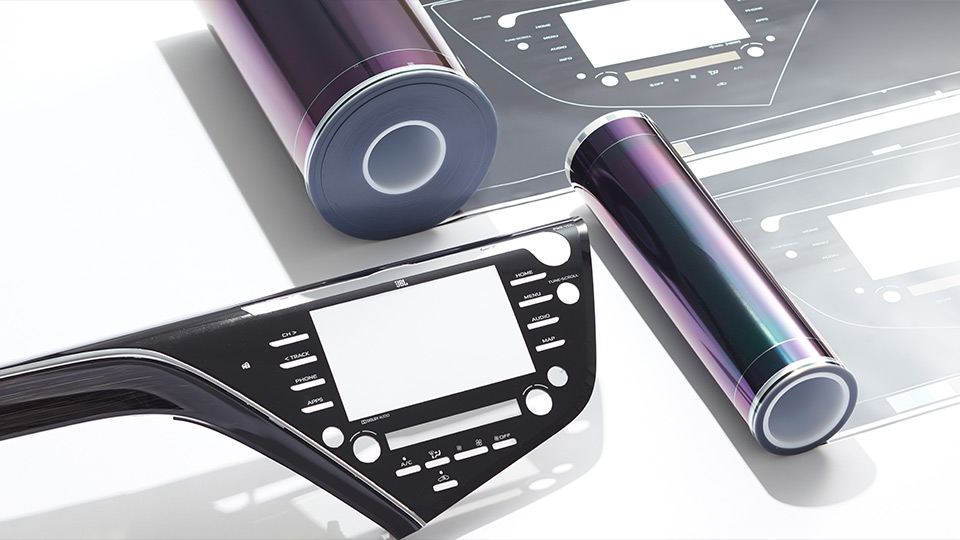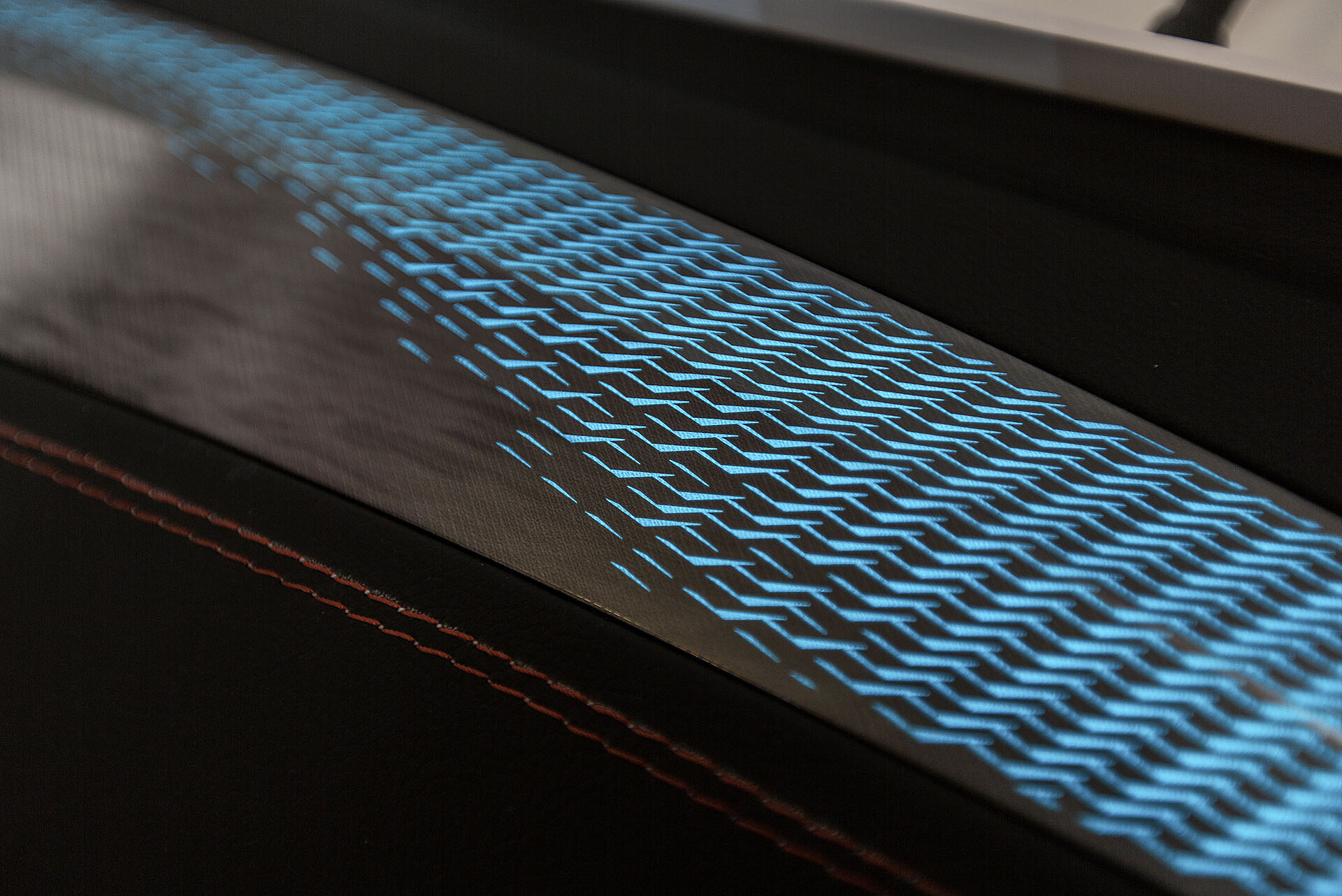In-Mold Decorations: Integrating Style and Manufacturing Excellence
Understanding In-Mold Decorations: Techniques, Fads, and Ideal Practices for Optimum Outcomes
In the realm of manufacturing, the art of in-mold decorations stands as a critical element of item style and manufacturing. As industries consistently look for innovative means to improve visual appeal and functionality, mastering the intricacies of in-mold decorations has actually arised as an essential skill set. From picking the best products to integrating cutting-edge design trends, the trip in the direction of achieving ideal outcomes in this domain name is complex. By delving into the strategies, trends, and finest methods that underpin effective in-mold decoration procedures, businesses can unlock a realm of possibilities that not only boost the aesthetic appeal of their products yet also enhance manufacturing effectiveness and strengthen customer interaction.
Product Choice
Material option is a vital facet of mastering in-mold decors, as it straight impacts the quality and durability of the end product. When selecting products for in-mold decorations, it is necessary to consider aspects such as compatibility with the molding process, the preferred aesthetic result, and the ecological conditions the item will deal with. Thermoplastic materials like abdominal muscle, polypropylene, and polycarbonate are frequently made use of for in-mold decorations because of their flexibility and ability to attain detailed layouts. These materials supply outstanding moldability, making it possible for producers to produce complicated forms and patterns with accuracy.
Furthermore, the picked material should possess excellent attachment residential properties to make sure that the decor sticks securely to the substrate throughout the molding process. Bond between the decor and the material is important for protecting against delamination and making sure lasting visual allure. Furthermore, products with high warm resistance are favored for in-mold decors, specifically for items that will be exposed to raised temperature levels during their lifecycle. By thoroughly picking the appropriate material for in-mold designs, makers can boost the general quality and sturdiness of their items, meeting the assumptions of both clients and end-users.
Style Advancement
A necessary consider advancing the area of in-mold decors is the continuous expedition and application of design advancement strategies. Style innovation plays a vital function in enhancing the visual appeal, functionality, and overall high quality of products made using in-mold decoration procedures. By including cutting-edge style aspects, makers can differentiate their items on the market, draw in consumers, and stay in advance of rivals.
Among the crucial aspects of design technology in in-mold decorations is the integration of detailed patterns, structures, and graphics that were previously testing to attain with conventional decor methods. Advanced technologies such as 3D printing and digital style devices allow developers to produce complex and in-depth designs that can be perfectly moved onto molded parts. Furthermore, the use of dynamic colors, metallic coatings, and unique effects like gloss or matte structures can further elevate the visual appeal of in-mold embellished items.
Additionally, layout technology expands past aesthetic appeals to include practical improvements such as ergonomic shapes, integrated attributes, and customizable components that provide to certain customer requirements. By accepting layout advancement, makers can open new opportunities for customization, item, and imagination differentiation in the affordable landscape of in-mold decors.
Manufacturing Effectiveness
Reliable production procedures are vital for translating the cutting-edge styles created in the field of in-mold decors right into high-quality ended up products that fulfill market demands and consumer expectations. In the realm of in-mold decors, production efficiency incorporates different essential facets that contribute to the general success of the production process. One important element is the optimization of mold and mildew design and tooling to make sure exact and smooth decor transfer onto the last product. By fine-tuning mold arrangements and investing in top notch tooling products, producers can improve efficiency and uniformity in production.
Additionally, carrying out automation and robotics in the assembly line can significantly improve performance by improving repeated tasks and lowering the margin of error. Automation not only accelerates the manufacturing process yet also improves precision and repeatability, resulting in a more premium and consistent end product. Additionally, adopting lean production concepts, such as just-in-time supply administration and waste decrease methods, can better enhance manufacturing effectiveness by minimizing downtime and optimizing source visit here usage. Overall, a holistic approach to production efficiency is extremely important in maximizing the potential of in-mold decoration techniques and attaining optimal cause the open market landscape.
High Quality Control Measures
What are the crucial approaches for making certain rigid high quality control steps in the world of in-mold designs? Quality control measures are vital in in-mold design procedures to ensure the manufacturing of flawless and premium ended up items. One vital method is the execution of extensive assessment procedures at every phase of the manufacturing process. This involves resource carrying out detailed visual examinations, dimensional checks, and color uniformity analyses to recognize any type of incongruities or issues beforehand.
Making use of innovative modern technologies such as automatic evaluation systems can also improve the quality assurance procedure by giving trusted and exact information for evaluation. These systems can find imperfections that might be missed out on by hands-on evaluations, consequently improving general product high quality and consistency.

Routine training and growth programs for workers associated with the in-mold decoration procedure can additionally contribute to preserving top quality criteria. By educating staff on best techniques, top quality assumptions, and the importance of focus to detail, companies can promote a society of high quality awareness throughout the company.
Consumer Charm
To boost the bankability of in-mold decor items, catering and comprehending to consumer choices play a vital role in establishing their appeal and success. Supplying modification options such as customized styles, color variations, and textural components can considerably boost the appeal of in-mold decor items.

Final Thought
In-mold decors offer a effective and flexible method to improve item aesthetics. By carefully picking products, welcoming ingenious designs, optimizing manufacturing procedures, applying quality assurance actions, and prioritizing consumer allure, makers can achieve ideal results. It is essential for companies to continuously adapt and enhance their strategies to stay competitive on the market. In-Mold Decorations. Mastering in-mold decors calls for a holistic method that thinks about all aspects of the manufacturing procedure to ensure success.
In the realm of production, the art of in-mold decors stands as a crucial aspect of product design and manufacturing. Design advancement plays a vital duty in improving the visual charm, capability, and general quality of products produced making use of in-mold decor procedures.One of the vital elements of design advancement in in-mold decorations is the combination of detailed patterns, structures, and graphics that were formerly testing to achieve with conventional decor approaches.Efficient production processes are vital for translating the ingenious designs developed in the area of in-mold designs right into top notch completed products that meet market demands and consumer expectations. Supplying modification alternatives such as individualized layouts, shade variants, and textural elements can dramatically enhance the allure of in-mold decoration items.